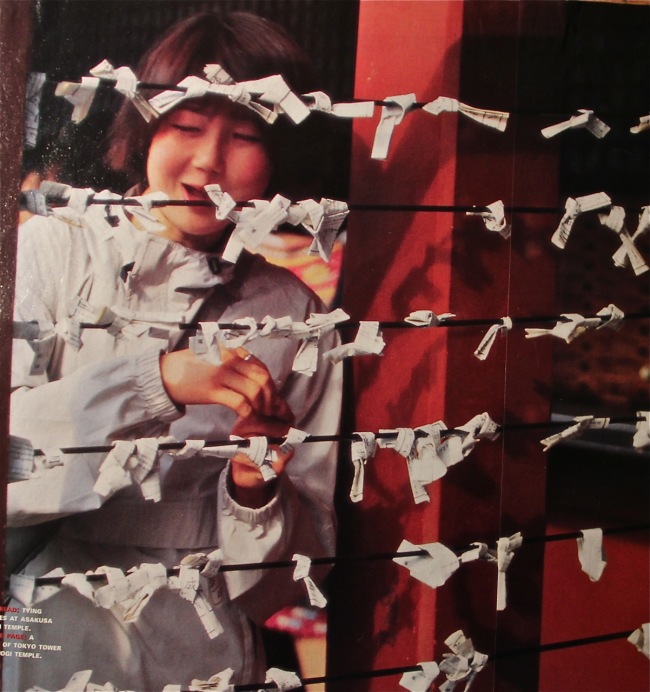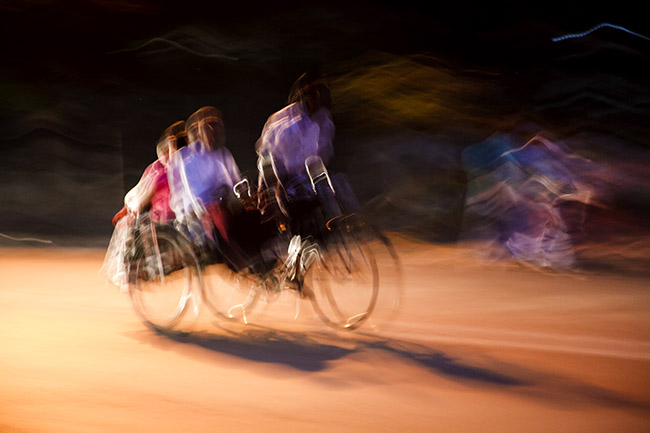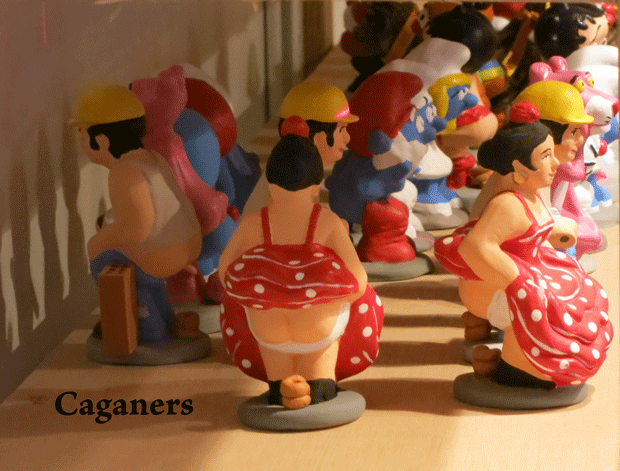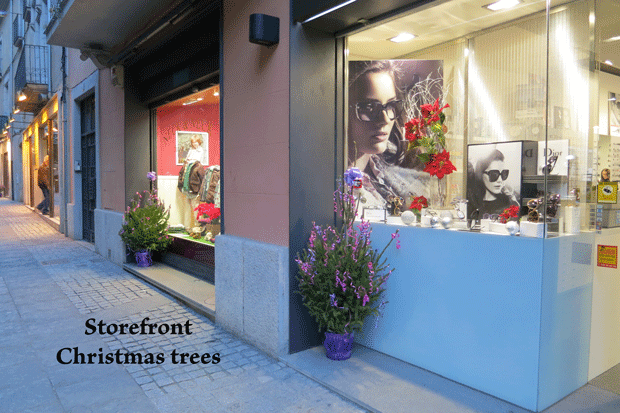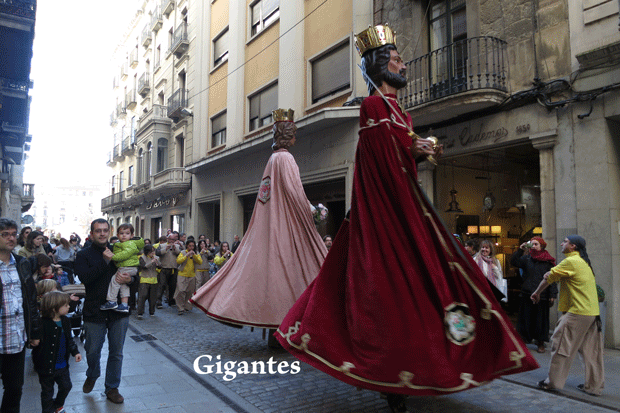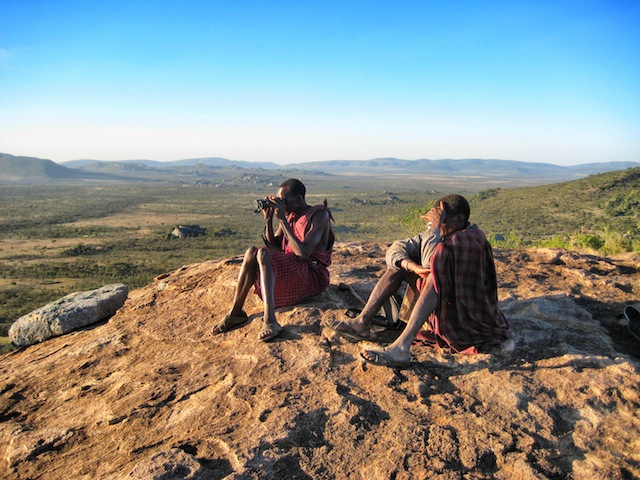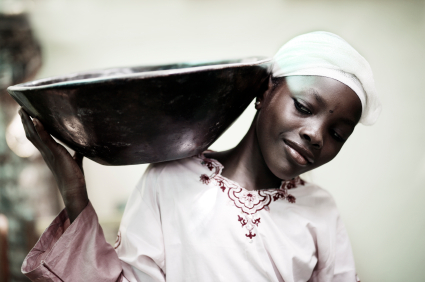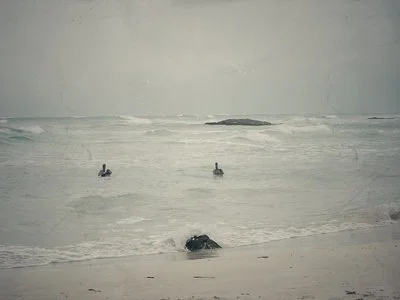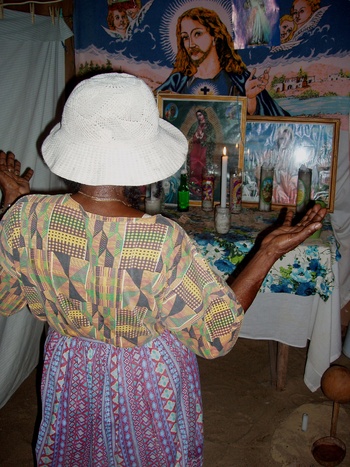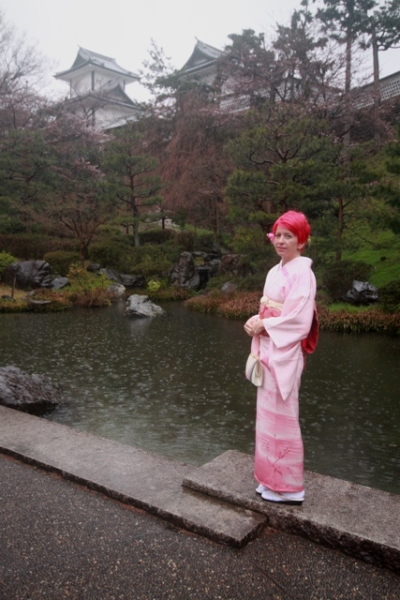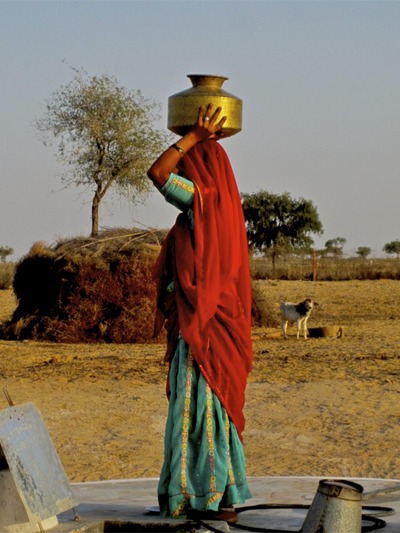story and photography by Michael Housewright
I have studied, lived, and worked in Italy off and on for most of my adult life. My most enduring fantasy through the first fifteen years of Italy travel was to meet, and ultimately court, a beautiful Italian girl. I imagined I would charm her with my wit, interest in her culture, and mastery of her language. Unfortunately, I never possessed the knack for striking up an easy conversation with a woman I did not know and to whom I was clearly attracted. Being a straightforward person, I have always lacked the subtlety and easy rapport with women that men of romantic talent seemed to me to possess. However, my self awareness did not stop me from trying, and frequently failing in my efforts to woo.

Attempts at humor, small talk, and questions about local customs all led to feigned laughter and awkward pauses when I approached Italian women in public settings. I thought I was supposed to be the exotic foreigner, mysterious and fetching. I felt more like the class clown rather than the quarterback. While sometimes funny, I felt I could never be taken seriously as a contender for an Italian woman’s affection. Perhaps I was not aggressive enough, not fashionable enough, or just not that cool. I basically had no game and I believed that maybe I never would.
Over those fifteen years my Italian language improved, I ditched my Nike basketball shoes for stylish European loafers, and above all, I made certain to always wear outstanding Italian sunglasses. Each stage of my transformation would yield a smidgen more self confidence self-confidence and over time an elevation in my skill set.

